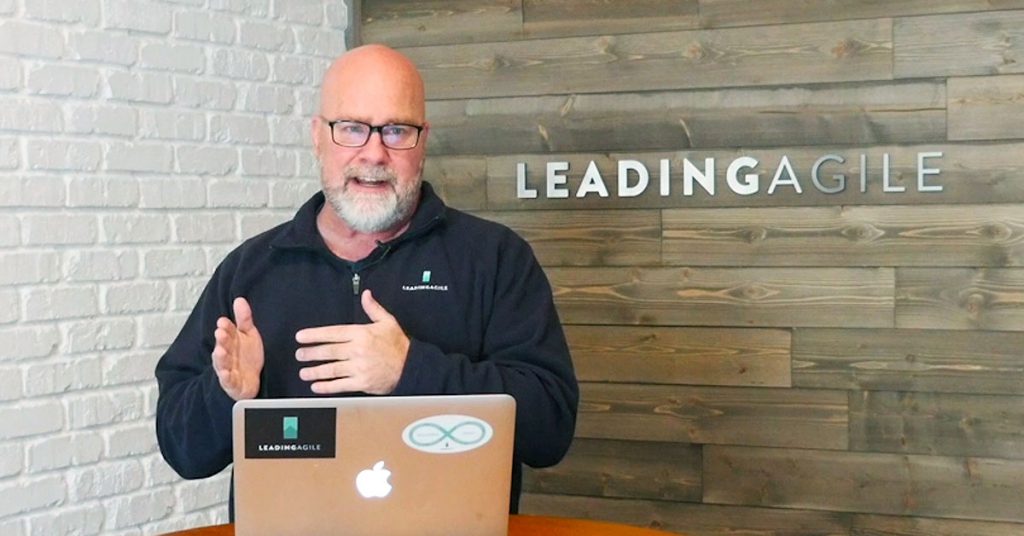Business Risk in a Portfolio of Investments

We manage our investment decisions collectively. As a leadership team, making investment decisions, we look at the group of decisions from three perspectives.
- Is EACH initiative a good one, aligned with our strategy and a sound investment?
- How do we minimize the opportunity costs of pursuing one initiative before pursuing another?
- How do we manage the risk of our investments, individually and collectively?
For each initiative to be a sound investment, it must be viable from three perspectives
- The initiative must be sufficiently valuable to pursue, both absolutely and relative to its cost to pursue.
- The initiative must be feasible, given our organization’s capabilities and capacity.
- The leadership team must understand the business risks inherent in the plan.
Risk management is something every leadership team drives. At LeadingAgile, we help leadership teams manage risks in five different classifications – business, organizational, technical, validation, and dependency.
Business risk, broadly, is the risk we are not building the right things. There are many reasons something is the wrong thing for the organization to be pursuing, and to best address those reasons, we can think about who makes each class of decision.
Business Case Risk – the risk we are pursuing the wrong customers or wrong markets; or staking out the wrong target market position to compete effectively.
Value Proposition Risk – the risk we are choosing the wrong problems to solve, or the wrong definitions of “solved” for those problems, for those customers in those markets.
We also have validation risks – which reflect mistakes in how we execute, or in how we choose to solve the problems we’ve chosen to solve.
Execution Risk – the risk we are implementing the wrong designs for our customers, or failing to achieve the needed quality, polish, fit and finish levels of delivered product.
The system of delivery we help companies incorporate as their workflow includes multiple collaborative decision-points to manage these risks. Experimentation and evaluative research help to mitigate those risks through feedback made possible with incremental delivery. This learning is not limited to evaluating designs, it also informs our understanding of the value of doing the work. Explicit outcome-oriented decisions empower program, portfolio, and investment teams to accept or avoid risks as appropriate. During transformation, our clients adopt these behaviors as well as the practices required to make them more effective.
Each initiative has a well understood business-risk, and the portfolio of initiatives has a collective risk profile. This allows leadership to choose to invest to de-risk the portfolio, change the initiatives which are collectively pursued, and place bets or not on each initiative.
Best of all, by creating a shared understanding of the risks and desired levels of risk, the rest of the organization knows how to align their efforts to manage that risk – prioritizing efforts to gain understanding where they most matter, focusing on execution where the risk profile is satisfactory.
The “next level” of effective management of a roadmap is to move past just managing the work, or even the outcomes, to effectively managing the risk of the plan as well.




